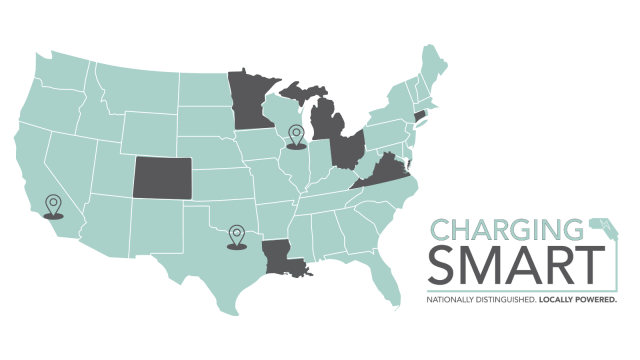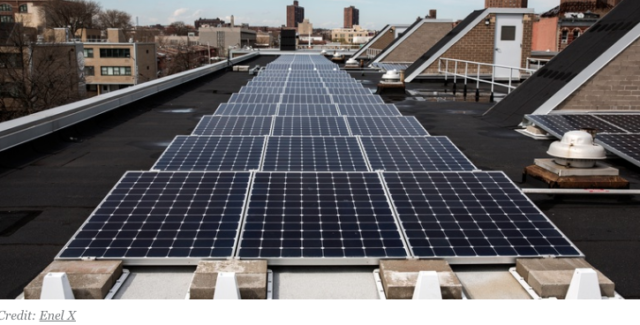Thumbs Up for Illinois Proactive Action on Interconnection
While we cheer every time a new state announces opportunities for expansion of solar energy, our applause reaches a crescendo when we see a state anticipate and plan for the resulting demand from consumers.
Illinois just earned a well-deserved thumbs up for proactively adopting new interconnection rules. They are getting ahead of what other states experienced when they were suddenly slammed by an extraordinary number of applications to connect projects to the electric grid after adopting new renewable energy programs, such as for community solar, expanded net energy metering, or other policies. The backlog resulted in long delays, disputes and immense frustration by those eager to bring new projects to fruition. And time translates to cost, for developers and ultimately the consumer.
That’s why the Interstate Renewable Energy Council (IREC) worked diligently for the past two years – alongside the Chicago-based Environmental Law & Policy Center (ELPC) and Citizens Utility Board – to encourage Illinois to adopt interconnection rules modeled after those recommended in 2013 by FERC (Federal Energy Regulatory Commission). Built on the best practices established by early-mover states, the FERC guidelines streamline the interconnection process through a number of efficiency measures, and created a more transparent process throughout.
“These are extremely well-tested rules by this point,” says Sky Stanfield, who represents IREC in regulatory matters, including in Illinois. “Leaning on FERC’s rules and the work of leading states also promotes consistency in interconnection procedures across state lines. That’s important not only for regional and national solar developers, but also for utilities that operate in multiple states.” And having regional and national consistency in interconnection standards also makes it simpler to update them in the future. “It’s easier to plug new innovations into your standards if they follow a similar framework,” Stanfield says.
The Illinois standards include a new concept known as the pre-application report — a tool for distributed generation applicants to get information from the utility about conditions on the grid at a specific site. Generally intended for larger distributed energy projects, the report promotes transparency and is meant to eliminate a “black box” interconnection queue where developers are blindly submitting speculative applications, Stanfield recently told Energy Wire in an interview the day the rule changes cleared their final hurdle in Illinois.
Another key provision for the new interconnection standards is a supplemental review process for projects that do not pass a set of initial technical screens.
Without supplemental review, developers of projects that fail the initial screening can be required to conduct a full grid-impact study at a cost of $10,000 to $20,000. “That can be a deal-breaker,” Stanfield said.
An IREC blog published late in 2015 goes into more detail about interconnection rules in the Midwest, and why they are important. IREC’s published best practices for interconnection can be viewed and downloaded, based on FERC and model work in states with high solar penetration, like California and Massachusetts.


